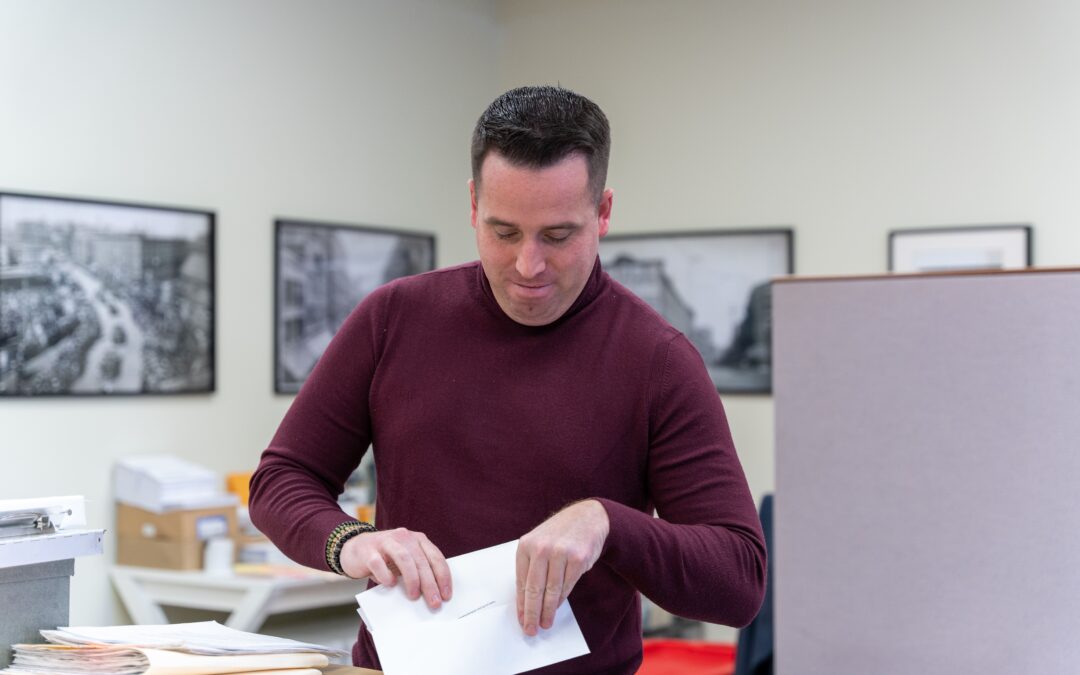Termites are a common household pest that can cause significant damage to wooden structures. They are often referred to as “silent destroyers” because they can go undetected for years, causing extensive damage to a home or building. Termites thrive in warm and humid climates, making Boston an ideal location for their growth and development.
The Termite Species in Boston Area can be categorized into three main types: subterranean, dampwood, and drywood termites. Each type of termite has its unique characteristics, behavior, and habitat. In this article, we will take a closer look at these three types of termites and discuss how to identify them and prevent their infestation.
Subterranean Termites
Subterranean termites are the most common type of termite found in the Boston area. They are social insects that live in underground colonies with a strict caste system. They have a soft body, straight antennae, and a pair of compound eyes. Subterranean termites feed on wood and other cellulose materials, and they can cause significant damage to a home or building if left unchecked.
Identification
Identifying subterranean termites can be challenging as they live underground and only come out of their nest to forage for food. However, there are some signs that you can look out for to identify their presence:
- Mud tubes: These are narrow tubes made of soil and wood particles that subterranean termites use to travel between their nest and food sources.
- Discarded wings: Subterranean termites swarm in the spring and summer months, and after mating, they shed their wings, leaving them behind in piles.
- Wood damage: Subterranean termites feed on wood from the inside out, leaving behind a honeycomb pattern and weakened structure.
Prevention
Preventing subterranean termite infestations involves reducing the moisture content in and around your home and removing any potential food sources. Here are some preventive measures you can take:
- Fix any leaky pipes or faucets.
- Ensure proper ventilation in your attic and crawl spaces.
- Store firewood and other cellulose materials away from your home.
- Use treated wood or termite-resistant materials when building or renovating your home.
- Have a professional pest control company install a chemical barrier around your home’s perimeter.
Dampwood Termites
Dampwood termites are the second most common type of termite found in the Boston area. They are larger than subterranean termites and have a more oval-shaped body. Dampwood termites require high levels of moisture to survive and are commonly found in wet or decaying wood.
Identification
Identifying dampwood termites is relatively easy as they prefer to live in wet or decaying wood. Here are some signs that you may have a dampwood termite infestation:
- Presence of wet or decaying wood.
- Termite droppings, which are typically a powdery substance found near the infested wood.
- Discarded wings, similar to subterranean termites.
Prevention
Preventing dampwood termite infestations involves reducing moisture levels in and around your home and removing any wet or decaying wood. Here are some preventive measures you can take:
- Fix any leaks in your home’s roof or plumbing.
- Remove any dead trees or stumps from your property.
- Ensure proper ventilation in your crawl space and attic.
- Seal any gaps or cracks in your
Drywood Termites
Drywood termites are the least common type of termite found in the Boston area. They live inside dry, sound wood, and they do not require as much moisture as other termite species. Drywood termites have a dark brown to black body with short, straight antennae.
Identification
Identifying drywood termites can be challenging as they do not need to maintain contact with the soil like subterranean termites. Here are some signs that you may have a drywood termite infestation:
- Presence of termite pellets, which are small, hard, and oval-shaped fecal pellets.
- The appearance of tiny holes in wooden structures, which are often the entry point for drywood termites.
- The presence of discarded wings, similar to subterranean and dampwood termites.
Prevention
Preventing drywood termite infestations involves ensuring that all wooden structures in and around your home are treated with a termite-resistant coating or material. Here are some preventive measures you can take:
- Use termite-resistant wood or lumber for any construction or renovation projects.
- Paint or seal all exposed wood surfaces to prevent drywood termites from infesting.
- Keep all wooden furniture away from walls and windows to allow for proper airflow and prevent moisture buildup.
- Have a professional pest control company inspect and treat your home for drywood termites regularly.
FAQs
Q: Are termites harmful to humans? A: Termites do not pose a direct threat to humans. However, they can cause significant damage to homes and buildings, which can be costly to repair.
Q: Can I treat termite infestations on my own? A: While there are many do-it-yourself termite treatments available, it is recommended that you seek professional pest control services to ensure that the infestation is entirely eliminated.
Q: How do I prevent termite infestations in my home? A: The best way to prevent termite infestations is to reduce moisture levels and remove any potential food sources in and around your home. You can also have a professional pest control company install a chemical barrier around your home’s perimeter.
In conclusion, the Termite Species in Boston Area can cause significant damage to homes and buildings if left unchecked. It is essential to identify the type of termite infestation you are dealing with and take the necessary preventive measures to eliminate the infestation and prevent future infestations. By following the tips and advice provided in this article, you can protect your home and keep it termite-free.

